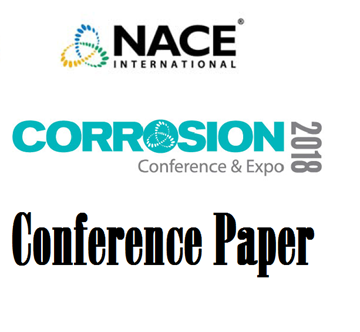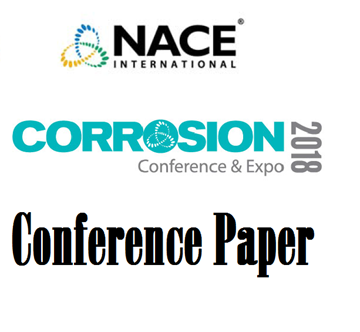Search
51318-11002-Damage Mechanism Study of Severe Corrosion of Carbon Steel Pipe in SAGD Brackish Water Service
Also Purchased
51318-11003- Nuclear Power Balance of Plant Corrosion Management Strategic Perspectives
Product Number:
51318-11003-SG
Publication Date:
2018
$20.00
51318-10990-Localized Corrosion of Mild Steel under Iron Sulfide Layers in CO2/H2S Environment
Product Number:
51318-10990-SG
Publication Date:
2018
$20.00
51314-3809-Corrosion Management and Mechanism Study on SAGD Brackish Water System
Product Number:
51314-3809-SG
ISBN:
3809 2014 CP
Publication Date:
2014
$0.00




